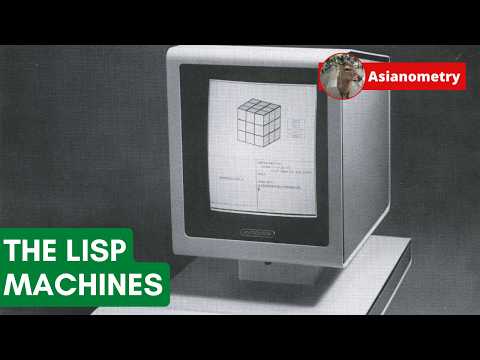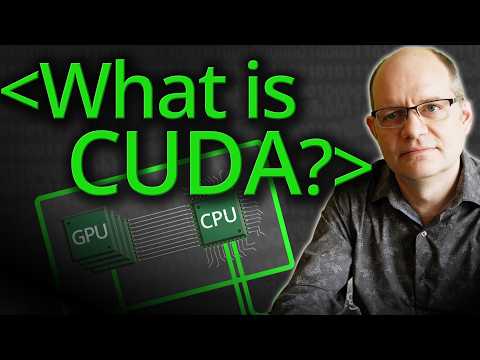Part2: #dailyreport #cuda #nvidia #gentoo #llvm #clang
I learned cmake config files and difference between
Compiler Runtime Library (libgcc and libatomic,
LLVM/Clang: compiler-rt, MSVC:vcruntime.lib) and C
standard library (glibc, musl) and C++ Standard Library
(GCC: libstdc++, LLVM: libc++, MSVC STL) and linker
(GCC:binutils, LLVM:lld) and ABI. Between “toolchain”
and “build pipeline”.
Gentoo STL:
- libc++: sys-devel/gcc
- libstdc++: llvm-runtimes/libcxx
Gentoo libc: sys-libs/glibc and sys-libs/musl
I learned how Nvidia CUDA and CUDNN distribud and what
tools PyTorch have.
Also, I updated my daemon+script to get most heavy
current recent process, which I share at my gentoo
overlay as a package.





